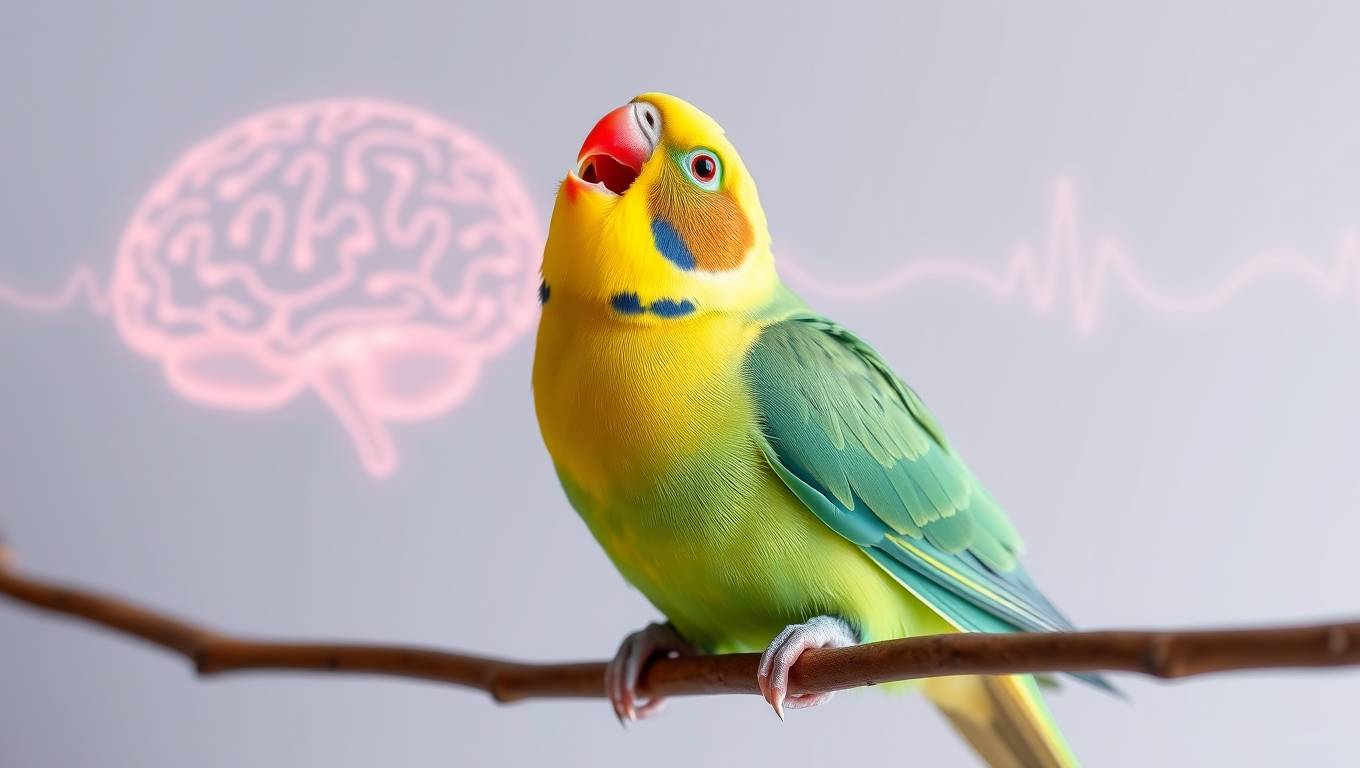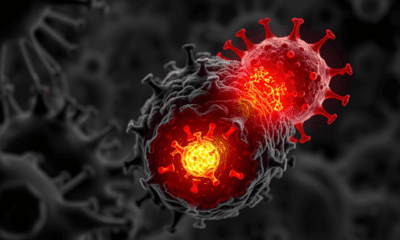While we try to keep things accurate, this content is part of an ongoing experiment and may not always be reliable.
Please double-check important details — we’re not responsible for how the information is used.
Animal Learning and Intelligence
Unlocking the Secrets of Speech: How Parakeets Can Help Us Understand Human Communication Disorders
A new study explains how a parakeet’s brain helps it to mimic human words.

Animal Learning and Intelligence
The Generous Giants: Unpacking the Mystery of Killer Whales Sharing Fish with Humans
Wild orcas across four continents have repeatedly floated fish and other prey to astonished swimmers and boaters, hinting that the ocean’s top predator likes to make friends. Researchers cataloged 34 such gifts over 20 years, noting the whales often lingered expectantly—and sometimes tried again—after humans declined their offerings, suggesting a curious, relationship-building motive.
Animal Learning and Intelligence
“Breathe with Identity: The Surprising Link Between Your Breath and You”
Scientists have discovered that your breathing pattern is as unique as a fingerprint and it may reveal more than just your identity. Using a 24-hour wearable device, researchers achieved nearly 97% accuracy in identifying people based solely on how they breathe through their nose. Even more intriguingly, these respiratory signatures correlated with traits like anxiety levels, sleep cycles, and body mass index. The findings suggest that breathing isn t just a passive process it might actively shape our mental and emotional well-being, opening up the possibility of using breath training for diagnosis and treatment.
Animal Learning and Intelligence
Whales Speak Their Minds: Decoding the Secret Language of Bubble Rings
Humpback whales have been observed blowing bubble rings during friendly interactions with humans a behavior never before documented. This surprising display may be more than play; it could represent a sophisticated form of non-verbal communication. Scientists from the SETI Institute and UC Davis believe these interactions offer valuable insights into non-human intelligence, potentially helping refine our methods for detecting extraterrestrial life. Their findings underscore the intelligence, curiosity, and social complexity of whales, making them ideal analogues for developing communication models beyond Earth.
-

 Detectors3 months ago
Detectors3 months agoA New Horizon for Vision: How Gold Nanoparticles May Restore People’s Sight
-

 Earth & Climate4 months ago
Earth & Climate4 months agoRetiring Abroad Can Be Lonely Business
-

 Cancer4 months ago
Cancer4 months agoRevolutionizing Quantum Communication: Direct Connections Between Multiple Processors
-

 Agriculture and Food4 months ago
Agriculture and Food4 months ago“A Sustainable Solution: Researchers Create Hybrid Cheese with 25% Pea Protein”
-

 Diseases and Conditions4 months ago
Diseases and Conditions4 months agoReducing Falls Among Elderly Women with Polypharmacy through Exercise Intervention
-

 Chemistry3 months ago
Chemistry3 months ago“Unveiling Hidden Patterns: A New Twist on Interference Phenomena”
-

 Albert Einstein4 months ago
Albert Einstein4 months agoHarnessing Water Waves: A Breakthrough in Controlling Floating Objects
-

 Earth & Climate3 months ago
Earth & Climate3 months agoHousehold Electricity Three Times More Expensive Than Upcoming ‘Eco-Friendly’ Aviation E-Fuels, Study Reveals





























